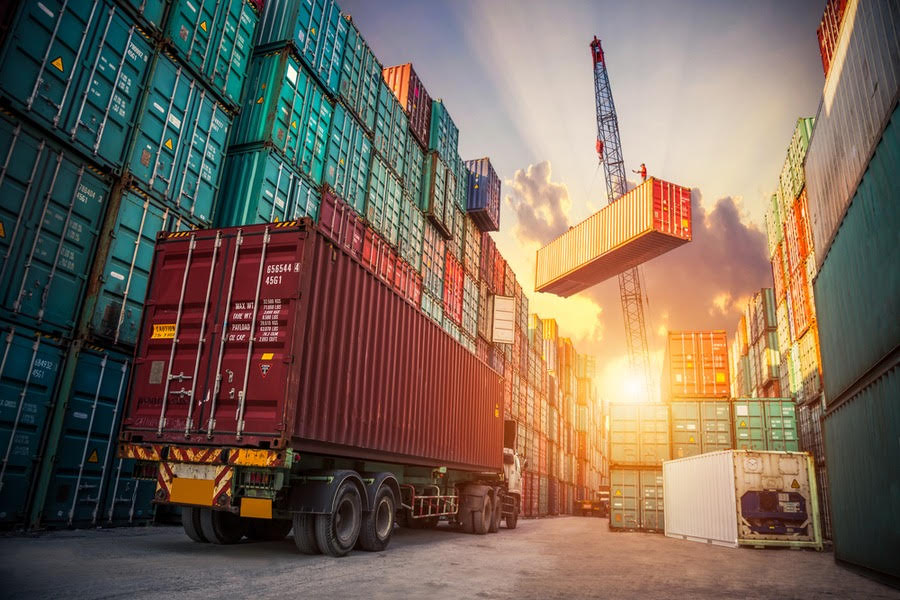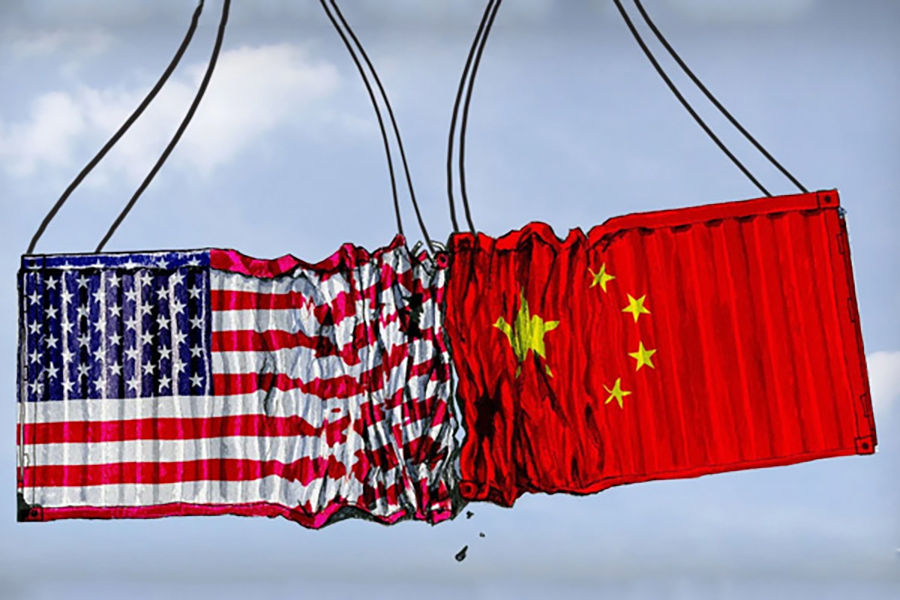Explained: How are SEZs different from DTAs?
Special Economic Zones (SEZs) units in India exist in a designated space and are setup following multiple necessary compliances. A business or production unit in Domestic Tariff Area (or Domestic Tariff Zones), however, can exist anywhere in the country and have fewer compliances to deal with.
India Business and Trade tell you how the two physical space cater to the needs of business, production and trade operations differently.

Photo Source: Shutterstock
In a post-pandemic era, India’s import-export segment is thriving and is at the cusp of becoming a leader of global manufacturing. With a vision of Vocal for Local theme, the central government continues to streamline regulations and tax benefits for different trade zones.
So, how are the existing trade area of SEZ different from DTA?
What is Special Economic Zone and Domestic Tariff Area/Domestic Tariff Zone?
Special Economic Zones or SEZs is a delineated duty-free area which is deemed as a foreign territory for the purpose of trade operations, duties and tariff. The SEZ act was passed in 2005 with an objective to accelerate economic activities, promote export of goods and services from India. The SEZ scheme also aims to create employment opportunities along the lines of infrastructure development.
As of 31st January 2021; around 265 SEZs are operational in the country. Out of this, 64% of the SEZs are located in five states namely, Tamil Nadu, Telangana, Karnataka, Andhra Pradesh and Maharashtra.
Unlike SEZ which has designated sites, a DTA units can be set up anywhere in the country and do not require specialised authorisation for a setup. A DTA unit, however, cannot operate in the SEZ site. While SEZs enjoy benefits such as duty free customs, DTA units do not enjoy those same benefits.
DTA means the area which is not under customs bonded. The term DTA is normally used by the trade in exported goods, imported goods or locally procuring/manufacturing goods where in any kind of duty is involved.
Procurement of goods in SEZ versus DTA
SEZ units can procure goods from DTA without payment of central excise duty whereas export of goods from DTA shall be treated as normal export out of India. A bill of export needs to be filed by a DTA supplier to an authorised officer before the goods arrive at the SEZ unit.
The goods, procured from DTA, can be utilized for purposes other than for the authorized operations. But if the unit is unable to utilise the goods procured from DTA, an SEZ unit can export it to another unit. An SEZ unit can also sell the goods to export oriented entity without payment of duty. The goods can be disposed in the DTA on payment of applicable duties on the basis of an import license submitted by the DTA buyer.
Compliance Requirements
While SEZ units enjoy more perks, the compliance process is more cumbersome for segment. Under SEZ laws, compliance such as setting up, timely extension, Annual Performance Reports, Quarterly Performance Reports, Monthly Performance Reports, ID Cards for employees, is needed. Additionally, GST return filing related compliances required to be met.
DTA units, on the other hand, are required to adhere to only GST related compliance.
Export on payment of IGST & Benefits RoDTEP
Both SEZ units and DTA units have the option to pay applicable IGST and later claim refund of the same.
SEZs do not reap any benefits of Remissions of Duties and Taxes on Exported Products (RoDTEP), whereas DTA units can apply for rebate of all hidden Central, State, and Local duties/taxes/levies on the goods exported which have not been refunded under any other existing scheme.













Leave a comment